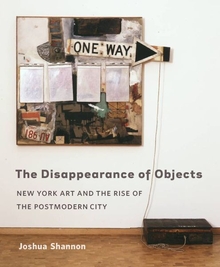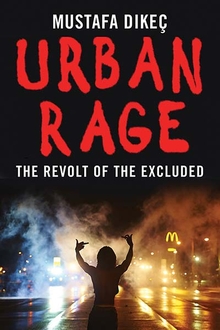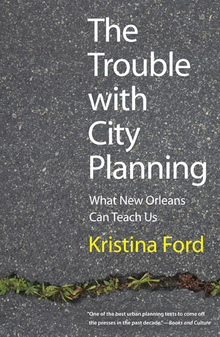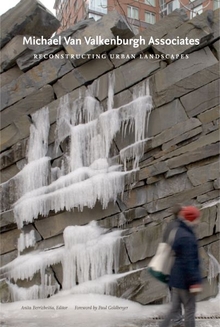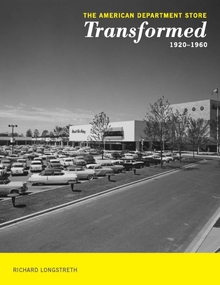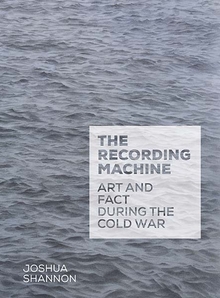The Disappearance of Objects
WARNING
You are viewing an older version of the Yalebooks website. Please visit out new website with more updated information and a better user experience: https://www.yalebooks.com
New York Art and the Rise of the Postmodern City
Joshua Shannon

Read this book online via the A&AePortal, our art and architectural history eBook platform. To learn more about how to access this book, please contact us.
In the years around 1960, a rapid process of deindustrialization profoundly changed New York City. At the same time, massive highway construction, urban housing renewal, and the growth of the financial sector altered the city’s landscape. As the new economy took shape, manufacturing lofts, piers, and small shops were replaced by sleek high-rise housing blocks and office towers.
Focusing on works by Claes Oldenburg, Jasper Johns, Robert Rauschenberg, and Donald Judd, art historian Joshua Shannon shows how New York art engaged with this transformation of the city. Shannon convincingly argues that these four artists---all living amid the changes---filled their art with old street signs, outmoded flashlights, and other discarded objects in a richly revealing effort to understand the economic and architectural transformation of their city.
Joshua Shannon is assistant professor of contemporary art history and theory at the University of Maryland.
"Shannon deftly analyzes the complex means by which four artists engaged the changing urban infrastructure of New York and succeeds in rewriting the history of the 1960s in original ways. It is a very strong, insightful, and well-written book."—Cécile Whiting, University of California, Irvine
"Shannon has written a particularly illuminating social history of art that tells us as much about the urban history of 1960s New York as it does about the art produced there. It demonstrates how artists' responses to changes taking place in the urban environment had a significant impact on the material make-up and formal logic of their work."—Alex Potts, University of Michigan
Publication Date: March 24, 2009
141 b/w + 48 color illus.

